- Savage Blog
- Shooting Steel: Best Practices for Safe, Fun Target Shooting
Shooting Steel: Best Practices for Safe, Fun Target Shooting
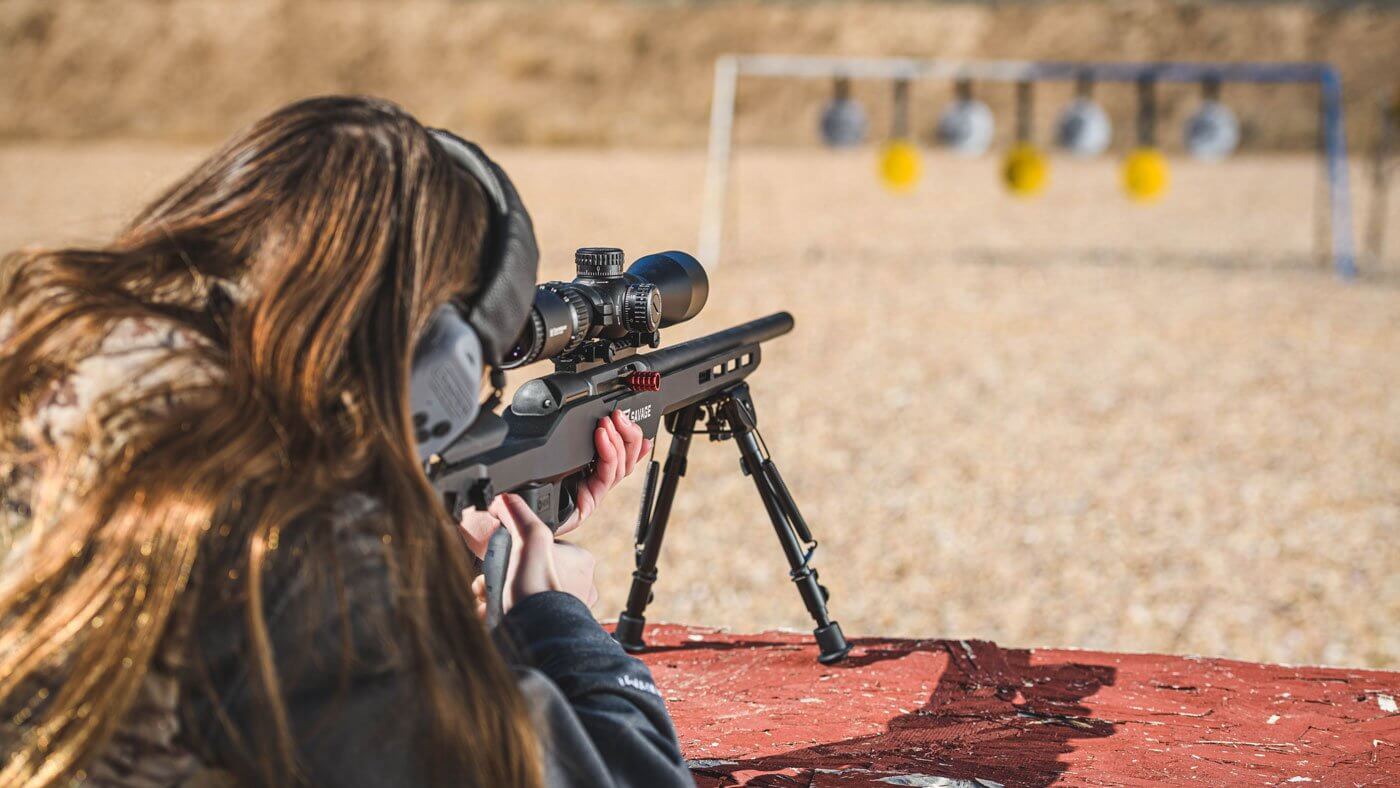
Shooting steel is one of the most rewarding and dynamic forms of target shooting. The instant feedback of a loud "ping" and the visible swing or spin of the target can make shooting more enjoyable and a great training indicator of success. However, this excitement comes with responsibility—safety must always come first. Let’s dive into the different types of steel targets, the right ammunition to use, how to hang steel properly, safe shooting distances, and even some alternative reactive target types that you can use if you don’t have access or can’t use steel targets.
Steel Target Types
Before you start shooting steel, it's important to understand the different types of targets available. Not all steel targets are created equal, and using the wrong one for the wrong application can be dangerous or damage your target over repeated misuse.
Common Steel Target Materials
AR500 Steel: AR500 steel is the gold standard for both rifle and pistol shooting. It’s a durable, long-lasting steel target that comes in a variety of different shapes and sizes for different types of shooting. It is widely available and reasonably priced, allowing access for many shooters. They are most commonly available in ⅜” thick plates.
AR550 Steel: AR550 steel is hardened beyond AR500 steel, and is often used for higher-caliber rifle shooting or high-volume shooting. Since they are built to be longer-lasting, AR550 targets are thicker than AR500 targets, often measuring ½” thick.
Mild Steel: Mild steel, such as steel plates that you may find for metal work at a hardware store, is not recommended for target shooting. While it may stand up to low-volume rimfire or shotgun shooting, it can deform and be damaged by higher caliber rifles and longer periods of sustained shooting.
Target Shapes and Designs
Gongs: Circular or square plates that hang and swing freely. Gongs come in various sizes for shooting at both close and long range.
Silhouettes: Silhouette targets are made to show a specific outline to practice hunting or tactical shooting scenarios. They are made in various sizes and are used by a wide variety of shooters, from recreational hobbyists to hunters to competitive shooters.
Poppers: Reactive targets that fall when hit. Poppers are often used in competitive shooting and can be fun for a day on the range as well. Some poppers are also made to throw a secondary target when they are hit, such as a clay pigeon, for even more of a challenge.
Spinners/Dueling Trees: Dueling trees are classic for testing speed and accuracy under pressure. They are most often used at close ranges while shooting handguns.
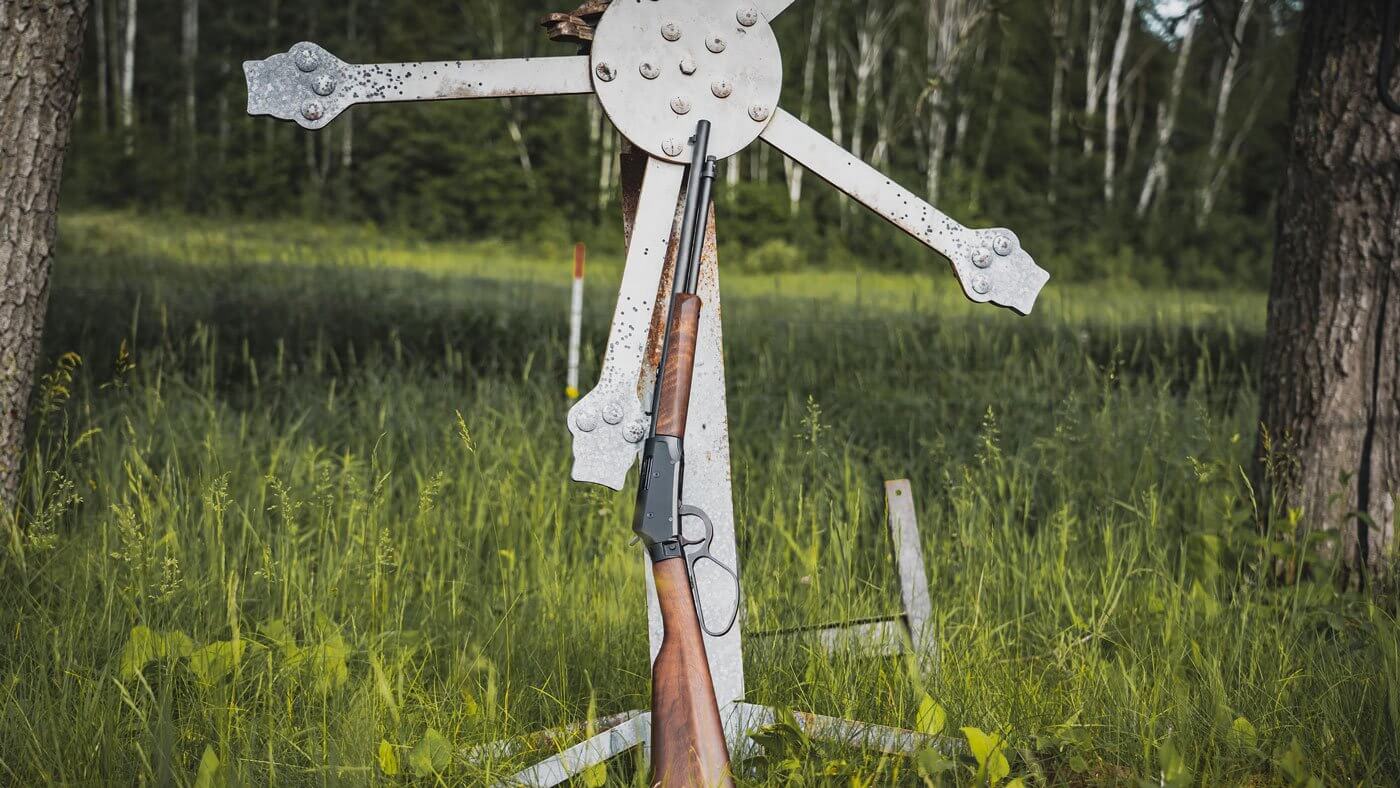
Ammunition Ratings for Different Steel Targets
Using the right ammo while shooting steel is just as important as the type of steel and firearm you choose to use. Some types of ammunition can be dangerous or unsafe for shooting steel, with the potential to damage the target or cause ricochets. Here’s what you need to look for in good ammunition for shooting steel.
Safe Ammo Guidelines for Shooting Steel
Pistol Calibers
Pistol calibers like 9mm Luger, 45 ACP, 40 S&W, and others are great choices for shooting AR500 steel. They are safe to shoot at close ranges where pistols excel, and targets will hold up for a long time with proper use. They are good for shooting a variety of targets, including gongs, silhouettes, and dueling trees.
Some pistol ammo shouldn’t be used to shoot steel. Higher velocity loads like +P ammunition, or hardcast ammunition that doesn’t deform as easily, both have an increased chance of ricocheting off the target. For the best results, stick to standard full metal jacket ammunition, non-jacketed ammunition, or frangible ammunition. 
Rifle Calibers
Rifle calibers can be used with both AR500 and AR550 steel, depending on the size and energy of the round. Rimfire rifles like 22 LR can shoot steel at shorter distances while remaining safe and not damaging the target. For centerfire rifle cartridges, it is best to shoot steel at a minimum distance of 100 yards, or according to the specifications of the target manufacturer.
When shooting steel with rifles, avoid steel core ammunition, incendiary ammunition, or armor-penetrating ammunition, such as M855 “green tip”. These bullets can cause serious damage to your steel target and anything beyond it.
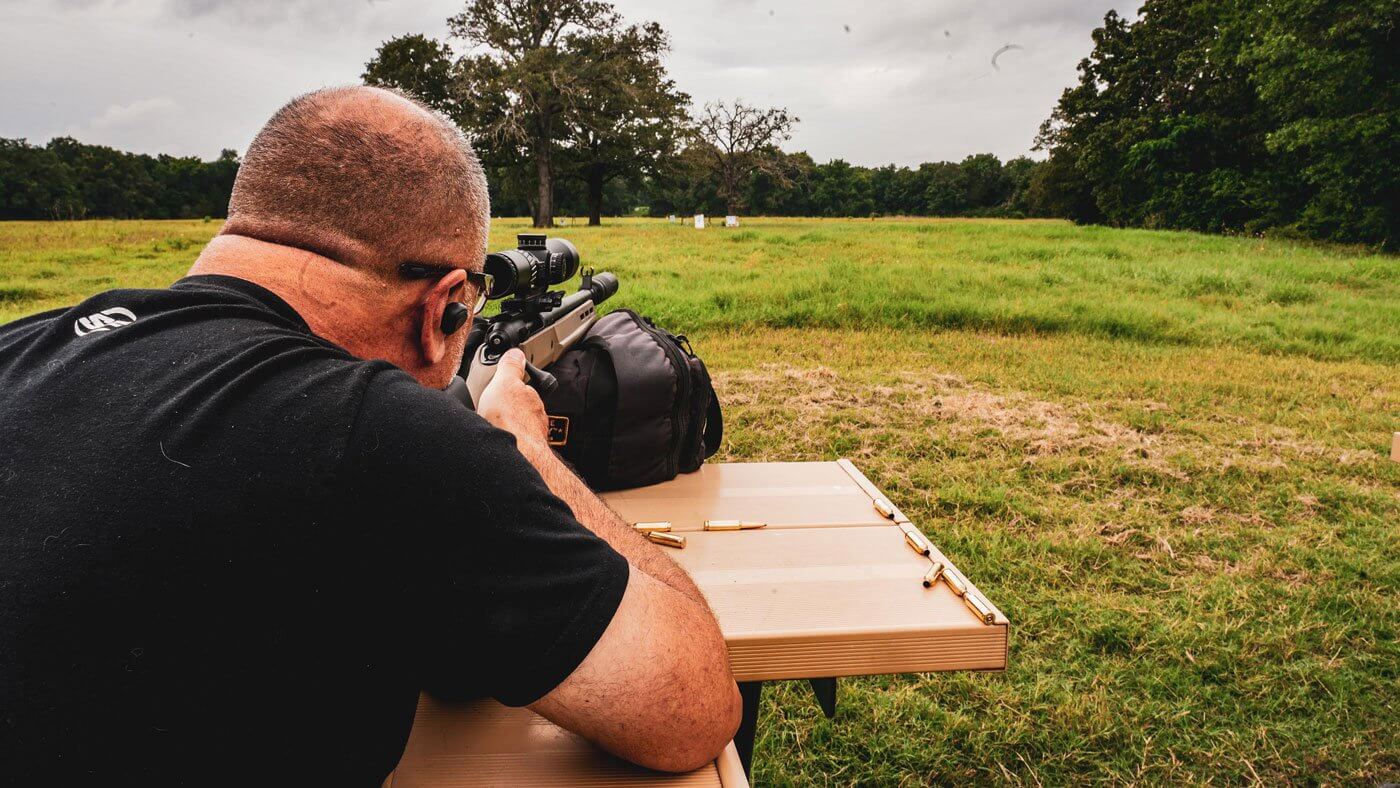
Shotgun Slugs or Buckshot
Shotgun slugs, birdshot, and buckshot can all be used with standard AR500 steel plates. Since slugs behave similarly to standard rifle projectiles, they should not be used at closer ranges. When shooting with slugs, stick to distances of 50 yards or further. Birdshot and buckshot can be used at closer ranges with steel targets, but watch out for spatter coming back off the target due to lead deformation on impact.
Ammo Tips
When selecting ammunition to use for shooting steel, it is best to choose ammo that deforms easily and will splatter once it hits the target. Hollow point, soft point, and non-jacketed lead ammunition are often the best choices that will have the lowest chance of ricocheting due to the deformation and expansion these projectiles experience when hitting the target. Full metal jacket projectiles can also be used with properly set up targets and when shooting at the correct distances. Always ensure you are following the manufacturer's guidelines for the target.
Hanging Targets Properly
Properly mounted steel targets are critical to shooting safely. Improper hanging can cause bullets to deflect and ricochet unpredictably, leading to danger for both yourself and bystanders. Here are a few tips for hanging steel targets properly.
Best Practices for Hanging Steel Targets
Angled Setup: Hang targets at a slight downward angle to direct bullet fragments toward the ground. Targets hung straight ahead are much more likely to cause a ricochet.
Free Movement: Use chains, straps, or hooks that allow the target to swing slightly. This absorbs impact energy and minimizes the chance of a ricochet, as well as allowing the shooter to better tell if they’ve made an impact on the target. This is especially useful at longer ranges, where it may take a few seconds before hearing the signature “ping” of a hit.
Secure Mounting: Make sure that all the materials used to hang your target are sturdy and in good condition. Rusted chains and hooks, or those that aren’t rated to handle the load of a target, may fail and cause your target to fall to the ground or hang from the stand and swing unpredictably when shot.
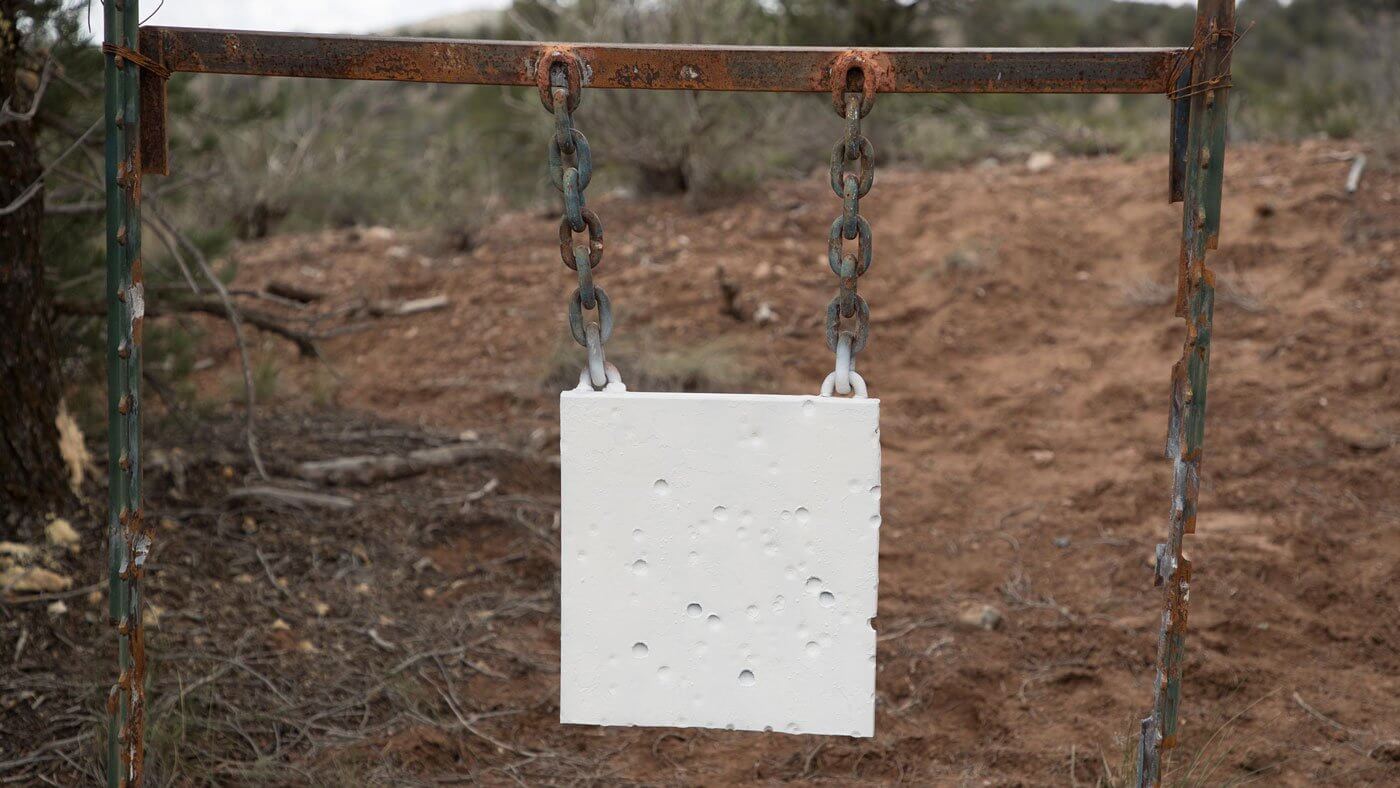
Common Hanging Methods
T-Post Mounts: T-posts are simple, portable, and easy to hang targets from. Many targets come with slots for hanging from a t-post, and they are commonly available at most hardware stores.
2x4 Stands: These stands are affordable and easy to build, and they can be combined with steel chains for an effective and safe target hanging setup.
Target Trees: Target trees are welded steel racks that can have multiple targets hanging from them. These are useful for drills where you are shooting multiple targets in a sequence, and are a great choice for training or recreation.
Static Mounts: Static mounts are more rigid setups that require a little more care when hanging targets. Make sure that targets are angled on the mount in order to deflect projectiles properly, since the target stand itself will not give and allow for the target to swing and dissipate energy.

Safe Shooting Distances for Steel
The number one rule when shooting steel is to maintain proper distance. If you are shooting too close, you and others could have the potential for dangerous ricochets or splashback from rounds hitting the target. If you are shooting at too far of a distance, you may have a hard time hitting the target.
Recommended Safe Distances
Handguns (pistol calibers):
Minimum distance: 10–15 yards
Avoid shooting steel with magnum loads at close range. Higher velocity rounds like +P should also be avoided when shooting at closer ranges.
It is best to use looser hanging targets or dueling trees when shooting steel with handguns to prevent ricochets.
Rifles (centerfire calibers):
Minimum distance: 100 yards
High-velocity cartridges can damage steel plates at distances under 100 yards, especially with steel core and armor-piercing ammunition.
Consider shooting at longer ranges with magnum rifle calibers to avoid damaging targets, or use alternative reactive targets if shooting at closer ranges.
Shotguns:
Minimum distances:
Slugs: 50 yards
Buckshot and birdshot: 15 yards
You may experience more splashback when shooting shotguns at steel due to the larger number of pellets being fired at the target. Because of this, shooting birdshot at steel targets isn’t recommended unless it is for recreation or competition, like cowboy action or 3-gun shooting.
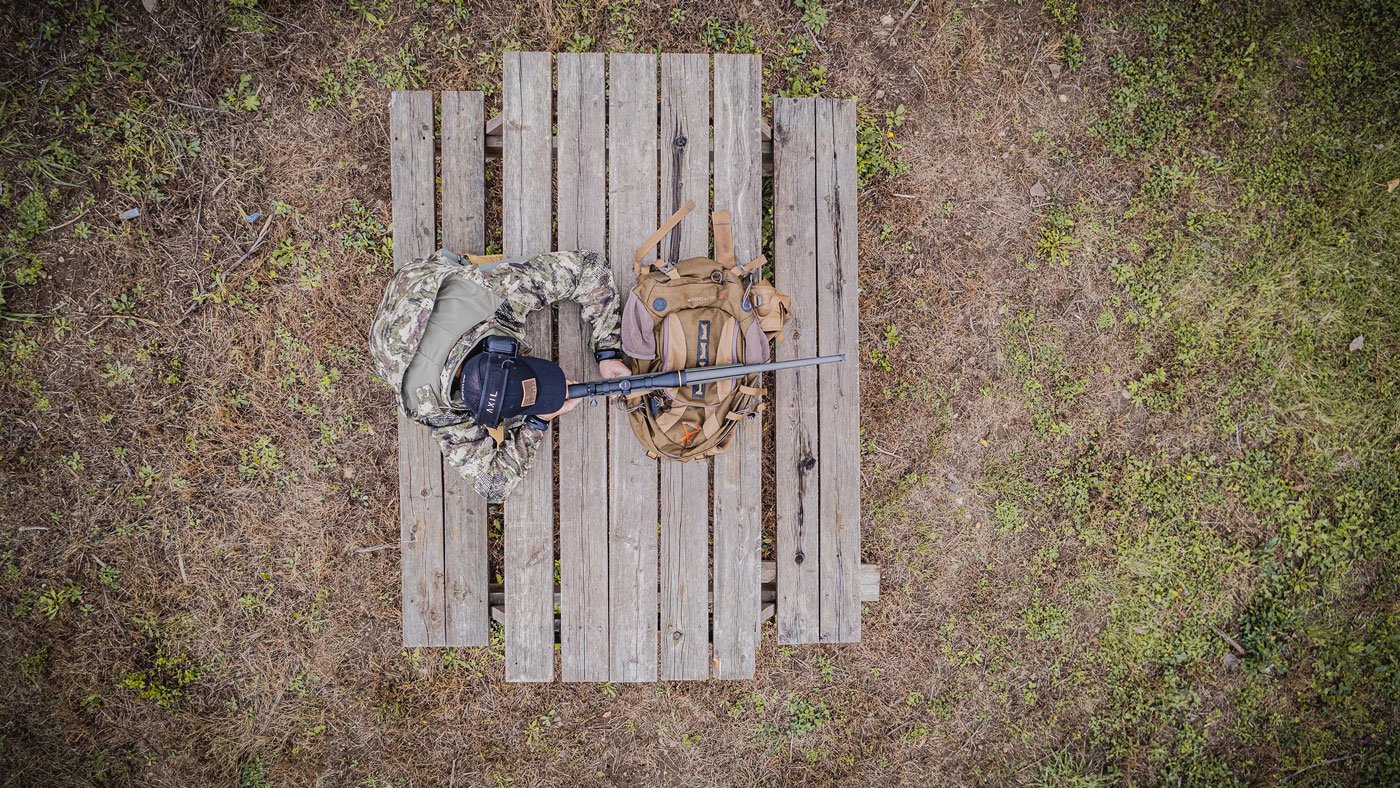
Additional Safety Tips
Wear eye and ear protection at all times.
Inspect steel regularly for pitting, craters, or spalling. If a target is showing wear or damage, throw it away and replace it.
Never use steel core or armor-piercing rounds unless the target is explicitly rated for them. Doing so will damage the target and void any existing warranty.
Maintain a safe shooting angle—hang targets at a slight downward angle and allow them to swing freely to minimize ricochets.
Alternative Reactive Targets
While shooting steel is popular, there are alternative reactive targets that can still be useful for recreation or training while reducing ricochet or fragmentation risks.
Great Alternatives to Steel
Polymer and Rubber Targets:
Self-healing plastic or rubber that absorbs bullets with minimal damage. These targets will often move when shot and will show impact marks from where they are hit.
Projectiles pass through them, so they can be used at closer ranges for training and recreational shooting.
No ricochet concerns due to being made of polymer and allowing bullets to pass through.
Paper with Reactive Zones:
These targets have a powdered dye that will show when the target is hit.
Ideal for indoor shooting or precision training, where a visual indicator is needed to help confirm a hit.
Clay Pigeons:
Cheap, biodegradable targets that break on impact.
Can be set in a variety of different numbers and configurations for use in multiple shooting scenarios. Great for visual training and recreational shooting.

Shooting steel targets is an incredibly effective way to improve your marksmanship, train with real-time feedback, and add excitement to your range days. But safety, setup, and proper gear must come first. Choosing the right target, matching it to your ammunition, and maintaining safe distances all contribute to a fun and safe shooting experience.
As always, inspect your equipment regularly and follow safety protocols on the range. Whether you're ringing a gong at 300 yards or knocking down a popper in a speed drill, steel targets—when used responsibly—are a fantastic addition to your training routine.

